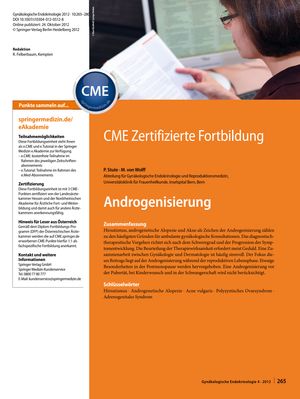TLDR The document concludes that proper diagnosis and individualized treatment are crucial for managing androgenization in women effectively.
The document from 2012 addresses the issue of androgenization in women, focusing on symptoms such as hirsutism, androgenetic alopecia (AGA), and acne. It reports that hirsutism affects 5-10% of women of reproductive age and AGA affects 30-40%, with an increase during perimenopause. The paper stresses the importance of a detailed diagnostic process and individualized treatment plans, requiring collaboration between gynecology and dermatology. It provides definitions and etiologies for these conditions, and outlines diagnostic procedures like the Ferriman-Gallwey Score for hirsutism and Ludwig Stages for AGA. Laboratory diagnostics are recommended for moderate to severe hirsutism or when other symptoms are present. The document also discusses hormone levels indicative of significant androgenization and recommends further tests for abnormal results, including the dexamethasone suppression test and ACTH test. Imaging techniques are suggested for tumor exclusion. Treatment options for hirsutism include monotherapy with oral contraceptives or antiandrogens for at least 6 months, and a table of pharmacological treatments is provided. The paper concludes that it is essential to efficiently identify serious causes of androgenization for proper management and to manage patient expectations regarding treatment outcomes.
 31 citations
,
May 2012 in “European Journal of Dermatology”
31 citations
,
May 2012 in “European Journal of Dermatology” Menopause affects hair and skin; more research needed for treatment.
 198 citations
,
October 2011 in “Journal der Deutschen Dermatologischen Gesellschaft”
198 citations
,
October 2011 in “Journal der Deutschen Dermatologischen Gesellschaft” Use minoxidil for hair loss; finasteride and dutasteride for men, dutasteride for women.
502 citations
,
February 2008 in “The Journal of Clinical Endocrinology & Metabolism” Treat significant hirsutism with medication and hair removal; use birth control pills first, adding antiandrogens if needed.
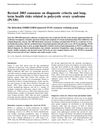 4025 citations
,
December 2003 in “Human Reproduction”
4025 citations
,
December 2003 in “Human Reproduction” The 2003 consensus updated PCOS diagnosis criteria and linked PCOS to higher risks of diabetes and heart problems, recommending lifestyle changes to lower these risks.
 226 citations
,
September 2001 in “Journal of The American Academy of Dermatology”
226 citations
,
September 2001 in “Journal of The American Academy of Dermatology” Hair loss in women is genetic, diagnosed by examination and biopsy, and treated with minoxidil, finasteride, or transplantation.
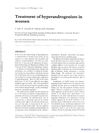 8 citations
,
January 1996 in “Gynecological Endocrinology”
8 citations
,
January 1996 in “Gynecological Endocrinology” Cyproterone acetate is the preferred treatment for women's hyperandrogenism when estrogen/progestogen use is safe.
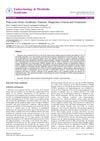 10 citations
,
January 2014 in “Endocrinology & metabolic syndrome”
10 citations
,
January 2014 in “Endocrinology & metabolic syndrome” PCOS is a long-term condition that needs more research for better understanding and treatment.
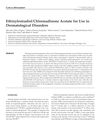 4 citations
,
September 2011 in “American Journal of Clinical Dermatology”
4 citations
,
September 2011 in “American Journal of Clinical Dermatology” Ethinylestradiol/chlormadinone acetate may be an effective and well-tolerated treatment for skin conditions caused by excess androgens.
26 citations
,
August 2008 in “Clinical endocrinology” The document concludes that more multidisciplinary research is needed to understand and treat PCOS, a condition that significantly affects women's health and quality of life.
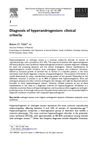 85 citations
,
June 2006 in “Best Practice & Research Clinical Endocrinology & Metabolism”
85 citations
,
June 2006 in “Best Practice & Research Clinical Endocrinology & Metabolism” The document concludes that hirsutism is the main sign for diagnosing hyperandrogenism, which requires a detailed patient history and physical exam.
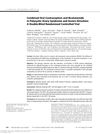 25 citations
,
December 2017 in “The Journal of Clinical Endocrinology & Metabolism”
25 citations
,
December 2017 in “The Journal of Clinical Endocrinology & Metabolism” Birth control pills combined with bicalutamide are more effective at reducing excessive hair growth in women with PCOS than birth control pills alone.
